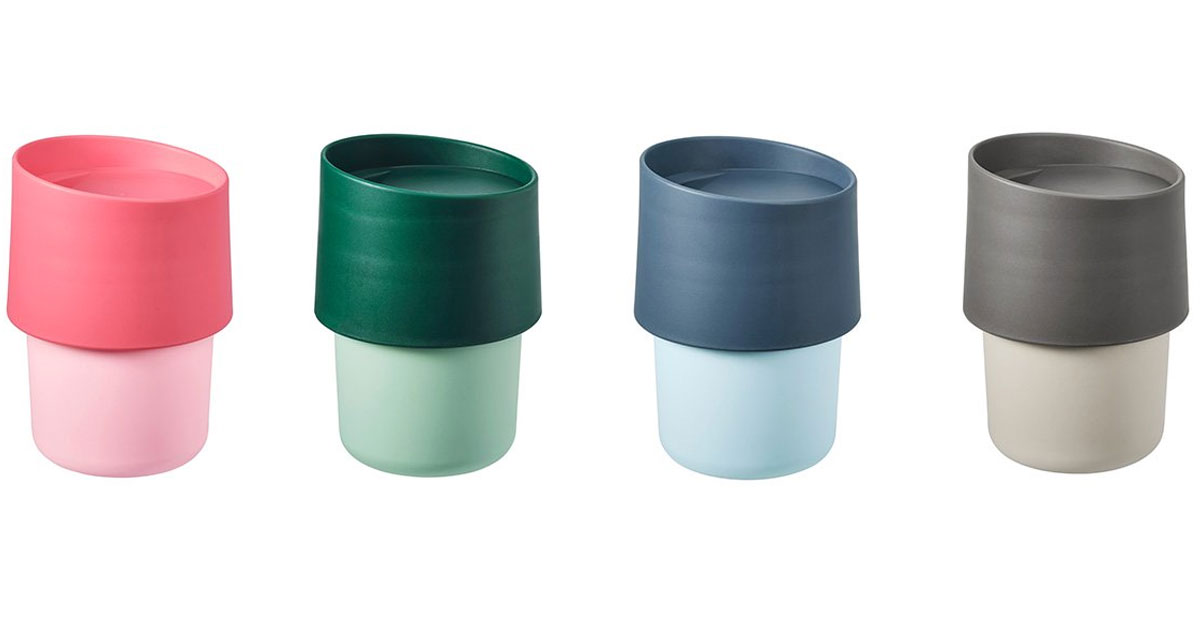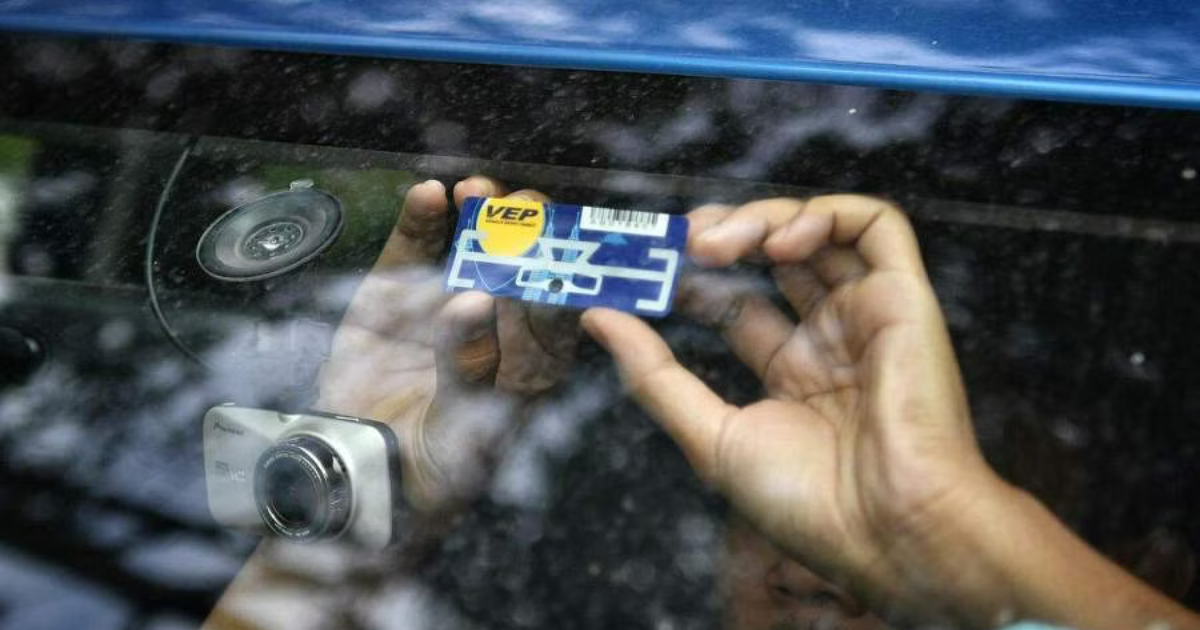You might have seen these S$1.90 cups from IKEA or are even using them right now:

IKEA: Stop Using TROLIGTVIS Marked “Made In India”
Just yesterday (15 Jan 2020) IKEA asked all their customers to stop using TROLIGTVIS cups if it’s marked “Made in India” on their Facebook page and other news outlets.

Oh yeah, I didn’t even know those have a name. I just dub them “reusable disposable cups” since that’s the shape I associate with disposable coffee/tea cups when buying food.
According to Google translate, TROLIGTVIS translates to “belike”, or “probably”… which seems like an off translation but what do I know?

TROLIGTVIS mugs come in beige, green, pink and blue and have been sold since Aug 2019 and Oct 2019.
IKEA Will Offer Full Refund Without Proof Of Purchase
Just go to any nearby IKEA store to return it. If you need more information, contact IKEA Customer Contact Centre at +65 6786 6868.
But really, it’s just S$1.90, so it doesn’t make sense to return it for the money.
We’ve already sacrificed Australia, so perhaps it’s for environmental reasons, which you’ll want to continue reading to see why.

Disclaimer: the environmental portion is an assumption. IKEA didn’t disclose their methods for disposing of the cups, so we can’t be sure if it is greener compared to throwing it in the trash.
The product doesn’t seem recyclable using our regular recycling bins.
Dibuthyl Phthalate (DBP) Exceeding Limits
In IKEA’s words, “Recent test reports show that the product may contain levels of Dibuthyl phthalate (DBP) exceeding the prescribed limits.”
DBP is used as a plasticiser, which makes things softer (that’s why these cups are pretty flexible).
I know you’re probably scared shitless from seeing two words you don’t understand. Here at Goody Feed we enjoy scaring our readers, so take more of these words you don’t understand:
Photosynthesis! Hydroxyl Acid!
(Chemistry joke: hydroxyl acid is just H2O. AKA Water.)
But for real, stop using the cups because I’ve looked up the effects of DBP.
…and you ain’t gonna like it.
Toxicity Of DBP
I’m talking about consequences such as developmental defects, changes in the testes and prostate, reduced sperm count, interfered hormone function, possibly liver and kidney failure in young children.

Which is not what I hear when the first paragraph of the document I linked writes: “It appears to have relatively low acute (short-term) and chronic (long-term) toxicity.”
Oh yeah, DBP is also very toxic to aquatic organisms, according to the European Union. Under the Convention for the Protection of the Marine Environment of the North-East Atlantic, DBP is listed as a Chemical for Priority Action.
If not disposed of properly, DBP could go into the fishes we eat, which in turn goes back to us. So perhaps that’s one more consideration for not simply throwing it away.
By the way, we already have DBP in our fishes.



